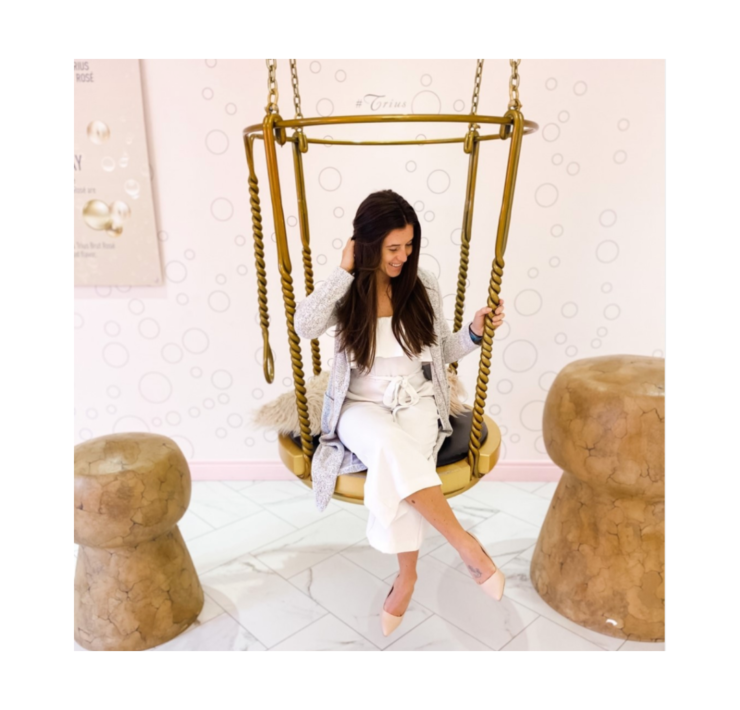I’ll give it to you straight.
Small and medium-sized businesses have two major ways to get the word out online about their business.
The first way, and the one I’m personally biased towards because I use it 99% of the time, is through a customer sales funnel.
The second method is through websites.
In this episode, I’ll be breaking down these two marketing approaches for you.
Websites
As you probably know, a website is a collection of web pages.
A website is usually several web pages that host content about the products or services they offer for small and medium-sized businesses.
It also includes information about sales, discounts, and the contact details of the business.
Most times, it even comes with a link to where customers can order from or book a session.
With a website, you don’t have to target customers— you can just put content up, optimize the website for views, position yourself with ads, and will get hundreds or even thousands viewing your web pages per day.
Customer Sales Funnel
A customer sales funnel is fundamentally different from a website.
A sales funnel where we walk the client step by step through the buyer’s journey.
AKA, we walk them step by step to purchasing or signing up to work with us.
When you build a sales funnel, you generally build it around attracting visitors and leading them down a funnel, as the name implies.
Sales funnels have become so common that if you ever see a “random” advertising campaign on Google or Facebook, there’s a 70% chance that they are making use of some sales funnel.
The typical sales funnel usually includes these four steps.
The first step is the awareness stage.The awareness stage is when the potential buyer gets important information about the business or product or even another offer like a freebie.
The next stage is the consideration stage, where the potential customer or buyer starts to consider whether they should get the product or not.
After the consideration stage is the conversion stage, where the real business of buying is done, this is the stage where the buyer decides that buying the product or service would be a good use of their money and decides to move forward.
After the conversion stage is the last stage, which is the loyalty stage.
The first sale has been made at this stage, and the customer stays connected with the business as a loyal customer.
Websites Vs Sales Funnel
Let’s use an analogy to explain the difference better.
Imagine you’re out camping, and you need to catch something to eat. In a situation like this, you’ve got two options.
Option one is to take your rifle and go hunting for game.
While option two is to find somewhere you think animals pass through, lay a trap, go home, and hope the trap catches something.
In this analogy, the website is the trap because it’s passive.
You don’t have a target you’re aiming for.
So any random person can land on your website to see what you’re putting out and hope they take that action you want them to take.
However, it’s not the same with a sales funnel.
With a customer sales funnel, you go out hunting.
You go out scouting for the sort of clients you’d want to work with.
You lure them in; you give them reasons why they should hire you.
An easy way to put it – a website presents your business and product in a very high-level way…
…whereas a customer sales funnel directs them to step by step with what you want them to do.
At the end of the day, this isn’t a battle of which approach is best.
You can make great sales with either approach, and you can even combine these approaches, which I recommend.
Tune into this week’s video, and demonstrate how you can harness websites and sales funnels for a knockout sales punch!!







